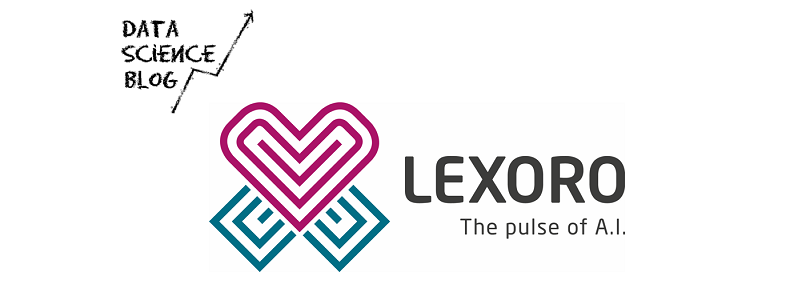Data Science Modeling and Featurization
Overview
Data modeling is an essential part of the data science pipeline. This, combined with the fact that it is a very rewarding process, makes it the one that often receives the most attention among data science learners. However, things are not as simple as they may seem, since there is much more to it than applying a function from a particular class of a package and applying it on the data available.
A big part of data science modeling involves evaluating a model, for example, making sure that it is robust and therefore reliable. Also, data science modeling is closely linked to creating an information rich feature set. Moreover, it entails a variety of other processes that ensure that the data at hand is harnessed as much as possible.
What Is a Robust Data Model?
When it comes to robust models, worthy of making it to production, these need to tick several boxes. First of all, they need to have a good performance, based on various metrics. Oftentimes a single metric can be misleading, as how well a model performs has many aspects, especially for classification problems.
In addition, a robust model has good generalization. This means that the model performs well for various datasets, not just the one it has been trained on.
Sensitivity analysis is another aspect of a data science modeling, something essential for thoroughly testing a model to ensure it is robust enough. Sensitivity is a condition whereby a model’s output is bound to change significantly if the inputs change even slightly. This is quite undesirable and needs to be checked since a robust model ought to be stable.
Finally, interpretability is an important aspect too, though it’s not always possible. This has to do with how easy it is to interpret a model’s results. Many modern models, however, are more like black boxes, making it particularly difficult to interpret them. Nevertheless, it is often preferable to opt for an interpretable model, especially if we need to defend its outputs to others.
How Is Featurization Accomplished?
In order for a model to maximize its potential, it needs an information rich set of features. The latter can be created in various ways. Whatever the case, cleaning up the data is a prerequisite. This involves removing or correcting problematic data points, filling in missing values wherever possible, and in some cases removing noisy variables.
Before you can use variables in a model, you need to perform normalization on them. This is usually accomplished through a linear transformation ensuring that the variable’s values are around a certain range. Oftentimes, normalization is sufficient for turning your variables into features, once they are cleaned.
Binning is another process that can aid in featurization. This entails creating nominal (discreet) variables, which can in turn be broken down into binary features, to be used in a data model.
Finally, some dimensionality reduction method (e.g. PCA) can be instrumental in shaping up your feature-set. This has to do with creating linear combinations of features, aka meta-features, which express the same information in fewer dimensions.
Some Useful Considerations
Beyond these basic attributes of data science modeling there several more that every data scientist has in mind in order to create something of value from the available data. Things like in-depth testing using sensitivity analysis, specialized sampling, and various aspects of model performance (as well as tweaking the model to optimize for a particular performance metric) are parts of data science modeling that require meticulous study and ample practice. After all, even though this part of data science is fairly easy to pick up, it takes a while to master, while performing well in it is something that every organization can benefit from.
Resources
To delve more into all this, there are various relevant resources you can leverage, helping you in not just the methodologies involved but also in the mindset behind them. Here are two of the most useful ones.
- Data Science Modeling Tutorial on the Safari platform
- Data Science Mindset, Methodologies and Misconceptions book (Technics Publications)



 lexoro
lexoro